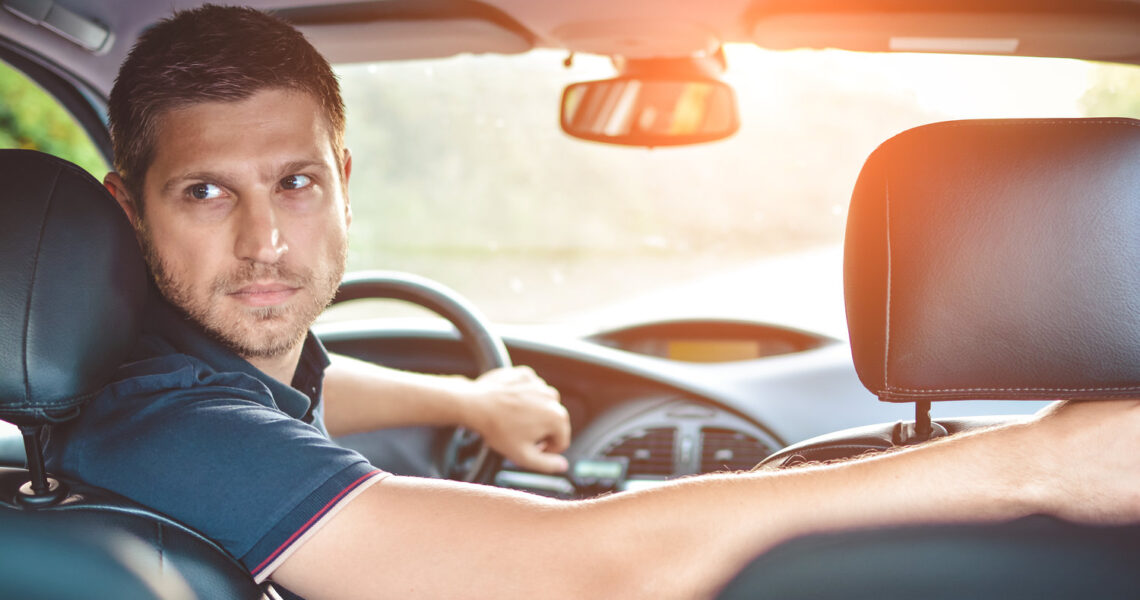We all know that in our regular driving experiences, whether in a commercial motor vehicle or your car, we must occasionally shift into reverse. However, did you realize that backing accidents are the greatest cause of property damage?
Every year, around 15,000 backup accidents occur in the United States, according to the National Highway Traffic Safety Administration (NHTSA). One in every four accidents is caused by backing automobiles. The typical distance traveled when backing up is estimated in tens of feet, so it equates to a high number of automobile accidents per mile driven. The explanations relate to the driver’s poor visibility and failure to take the necessary safeguards. To learn more about backing accident claims, schedule an appointment with Delventhal Law Office, LLC today.
Backup tips for vehicles equipped with technology
Even with cutting-edge technology, backup mishaps are still possible. Experts recommend the following to avoid them:
- Practice driver awareness
When drivers are aware of their surroundings, there are fewer backup accidents. Before backing up, double-check your backup camera pictures and mirrors, and be aware of your blind spots.
- Embrace technology
Backup sensors, cameras, and assisted-driving features are examples of advanced vehicle safety technologies that can help lessen the chance of a backup collision.
- Watch out for others.
Pedestrians can be approaching a car. Bicyclists and little children may be difficult to notice as well. Drivers must be alert.
Backup tips for non-technology-equipped vehicles
Because there are still vehicles on our roads that do not have the most up-to-date equipment, SafetyInfo.com suggests the following precautions to avoid backup accidents:
- Do a walk around
Walk around the car and inspect the below before starting or backing up to verify you have safe clearance for backing up.
- Know your vehicle’s blind spots.
Do not forget to look at the blind spots on the right and before you.
- Know clearances
Check for obstacles such as low-hanging branches and cables.
- Do not delay
Do not put off moving the car after your walk-around assessment. Allow no room for another hazard to approach.
- Use your mirrors
Check your mirrors regularly.
- Back up slowly
Begin gently to let other cars and pedestrians who may have approached unexpectedly safely move away.
- Look and listen
Always back up slowly while searching and listening for indicators of danger.
Backup injuries
Backup accidents are common, particularly in parking lots and driveways. Backup accidents can range in severity, but they can result in neck injuries, bruises, and/or broken bones, as well as deaths.











